Steve Davee is one of my favorite members of the Portland Dorkbot scene. Part of his awesomeness stems from the fact that he is a math and science teacher at Opal Charter School and a Media Specialist for the Center for Children’s Learning at the Portland Children’s Museum.
In short — he teaches kids about technology, and tonight presented easy it was, even with the best of intentions, to stifle creative thought and true learning when it comes to working with children in the areas of science, math and engineering”. He sought to provide examples of simple but powerful changes in language, with the intention of provoking the best of creative potential and shared inquiry. He is also very lucky because he teaches a select group of extremely advanced fifth grade math students.
Fortunately children are natural dorks. They know as well as we do that you can’t compartmentalize math, art, and science into different categories”. Children, if given access to many different ways of expression, can do things that are truly great.
The Power of Language
“I’m excited to talk to this group of people because you’re all potential educators. If you happen to see something cool at a Dorkbot meeting, you have the ability to share that information or experience with others”.
There is a power to language and how you might use it. Are we the keepers of knowledge? Knowledge is something that people share with each other.
He also pointed out the importance of not telling vs. letting children discover. If something is explained right from the start, there’s not much room left for exploration and conclusion.
Restraint
“There is a great tendency for teachers to interrupt the creative process by telling a final result instead of letting them discover errors”.
Lets children have moments of realizations from their errors. He gave the demonstration of how failure and realization of failure inspires learning. Allowing this propogation of error allows one to discover what is wrong.
Triangles are very important. People have built their careers on triangles. How are you going to allow a new Pythagoras if you don’t allow creative discovery?
He started teaching small robotics workshops at a local school after being laid off from a Biotech company. He started helping kids build art robots.
Materials as a Language
Building a thing expands its language. “When I wanted to increase the languages of the children, I began to expand the amount of materials available to his students”, said Davee, “once I did this, tons of different robots began to take shape. I was able to watch the convergence evolution of robot types as he took them to different schools”. Keep in mind these robots were made from Plastic cups, markers and electronics.
And whenever a child started making a robot that didn’t look like it should work (physically and rationally) he kept his mouth shut. The children generally worked with it and made it happen in ways that were unique and original (because there was no limitation by rationality).
Intelligent Materials
“The idea of kits is the opposite of childhood cleverness. Kits provide adult intelligence and cleverness and often are the result of the commercialization of a great idea. Imagine if erector sets came pre-assembled. We might not have gone to the moon! Activity vs. experience. You can give a child something to do, or you can give them an experience they’ll remember”.
He then talked about a student who wanted to turn the front of his math notebook into a calculator. “I thought, okay — I’ll go buy a calculator and we can integrate it into his notebook cover, but,” he said, “Coby is making his calculator from scratch”.
How Do We Prepare Our Children for a Future We can’t Understand
“You have to let children have fun with LEDs before they can understand electronics”, said Davee, “But they’re the ones who are going to create things we’ve never dreamed of — and they can eat up new technologies very quickly, because they are children. Things that move so quickly we can no longer understand them. “It is very important to allow them to create their own theories”.
Our View of Children
Instead of blank praise, perceive what is going on and give praise in a meaningful, additional way. As humans, we don’t learn in isolation. We don’t want to be alone in this children. Children learn differently — some learn from tactile interaction, and others from teachers and auditory perception. We need to have many different ways of educating children. They are great with patterns — they are natural pattern recognizers.
What happens at our schools is that we have an knowledge base without a thinking base. Knowledge can come — we can Google it — but we don’t have a way of gaining thinking skills. You can give knowledge as a piece of closed data, or you can present a piece of data as a jumping point for the greater exploration of a system or idea.
Often, I’ve brought up a topic in class that’s been interrupted by one of the students who has shouted, “Oh, I know what’s going on! I saw that on the Discovery Channel!”. Entire class sessions and intellectual build-ups have been interrupted because of this.
Question: I really love legos and they’ve been a great part of my childhood — but I always wondered about the forms on the covers of the boxes, becuase they promote a pre-created form and block creativity.
Response:It is unfortunate what has happened with Lego. They’ve begun to build more sets with more ideas and commercialization. It is the same sadness I feel when I watch children acting out commercial scripts, line by line, because they’re playing with commercialized ideas. We do play with Legos at school but we neuterize the special pieces and throw out the instruction books that suggest one final form instead of play.
You can send a child into a state of relaxed alertness, in which they are so concentrated on doing something that they are less interested in the end product. It is very important for children to play.
Thanks to Steve Davee for an amazing speech that really cut into the heart of what affects creativity in schools. It made my think of my own education. I was rather fortunate to have a few teachers understand what was going on and why I liked writing in notebooks, but many students get destroyed in the educational process. Steve is one of those educators who won’t let that happen.
Thanks to AboutUs.org for hosting this series. It was fantastic.


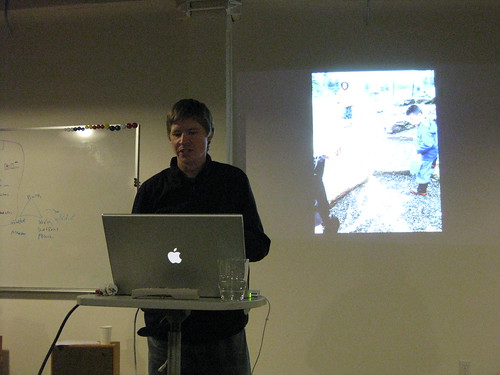
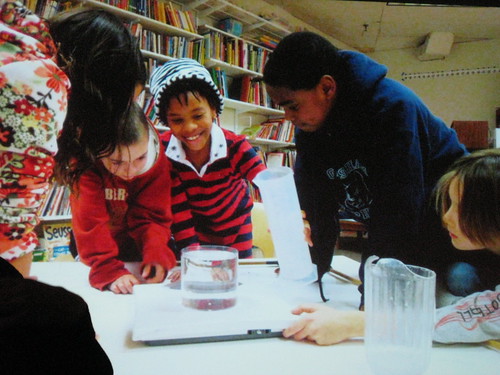
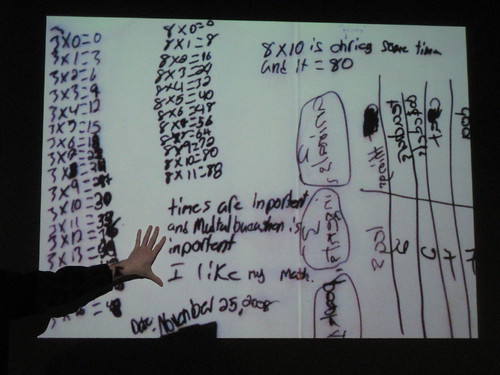

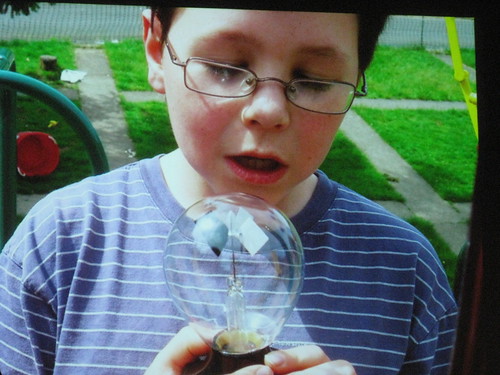
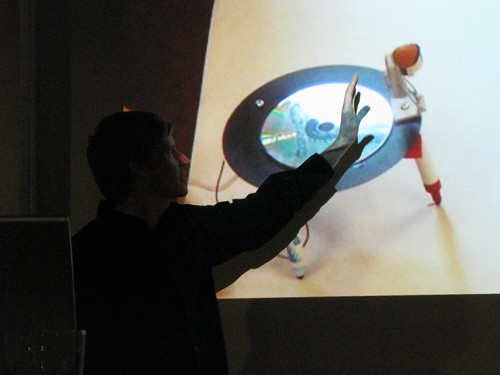
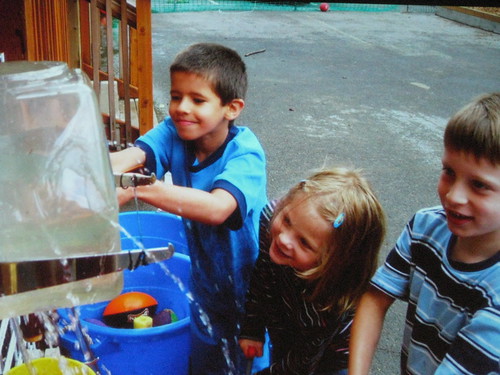
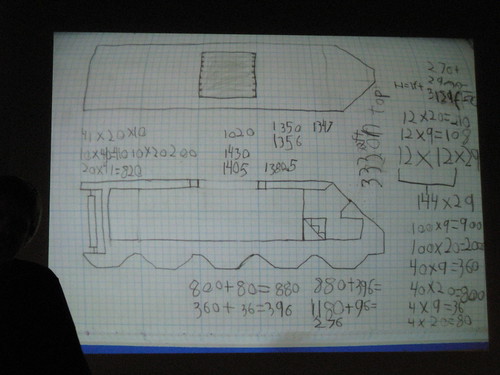
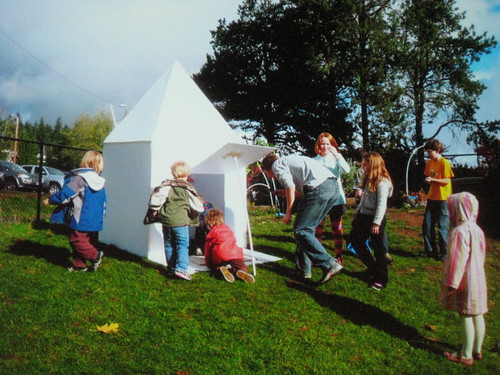
One Comment
Nice write up of this event! Hope to see you tomorrow.